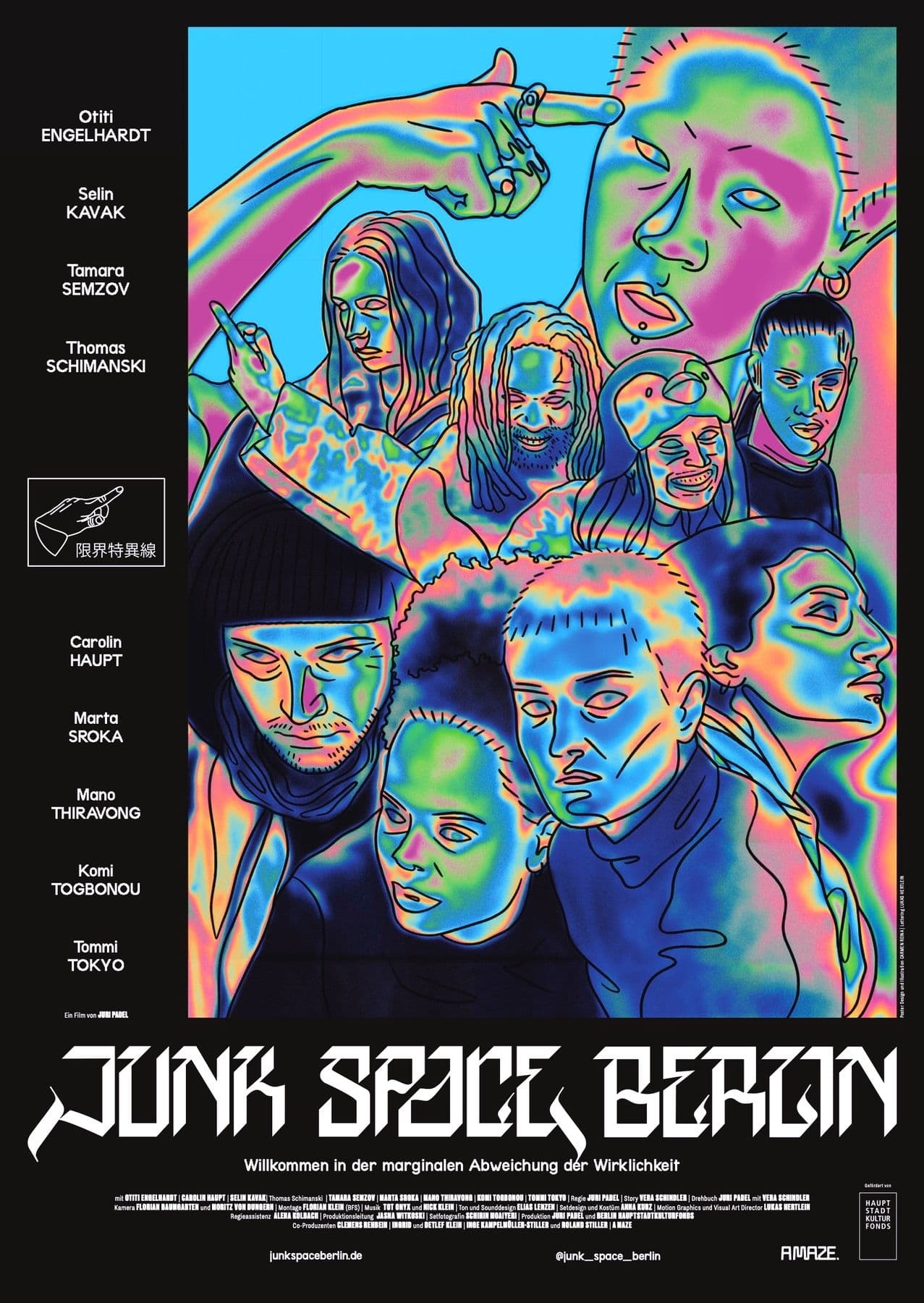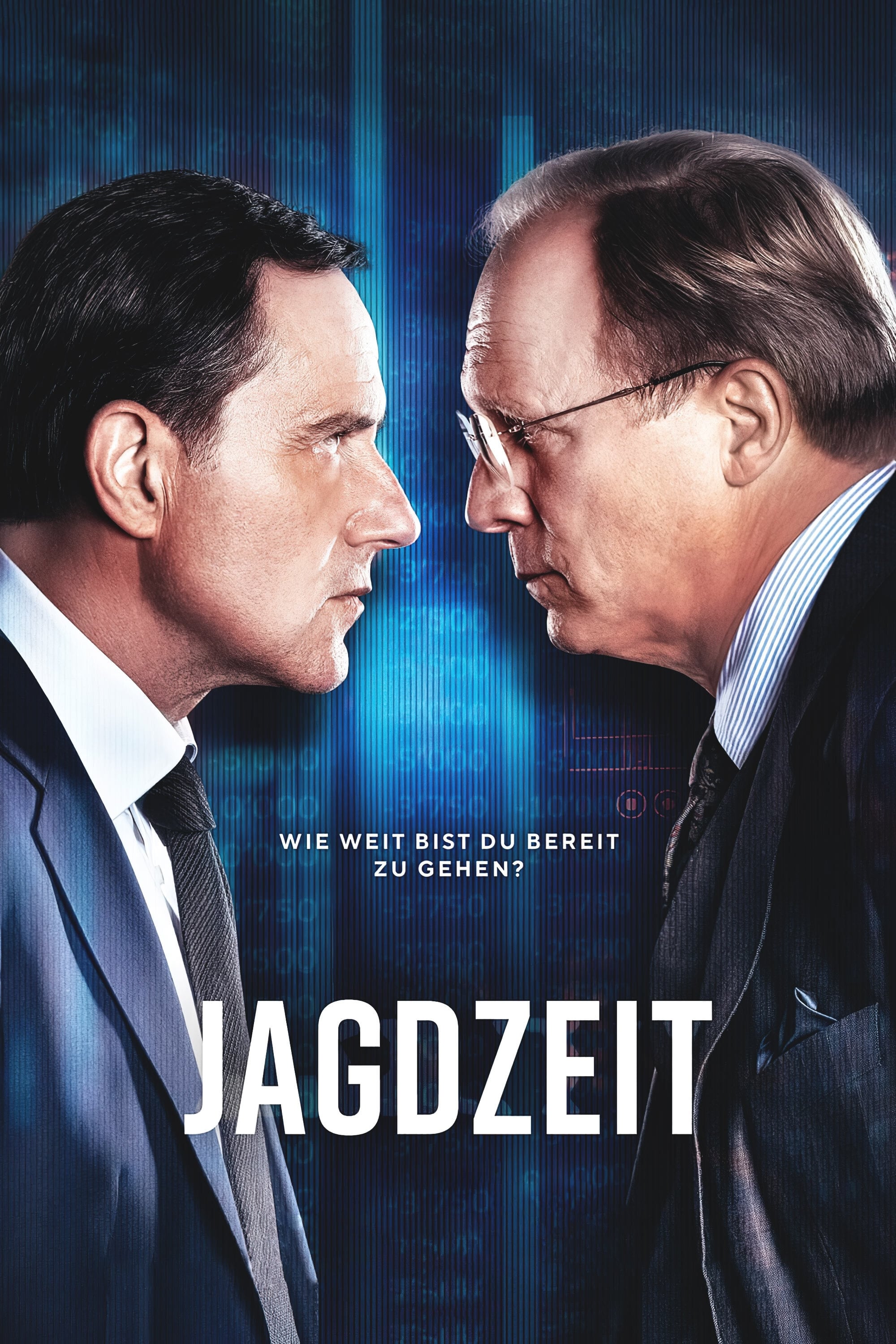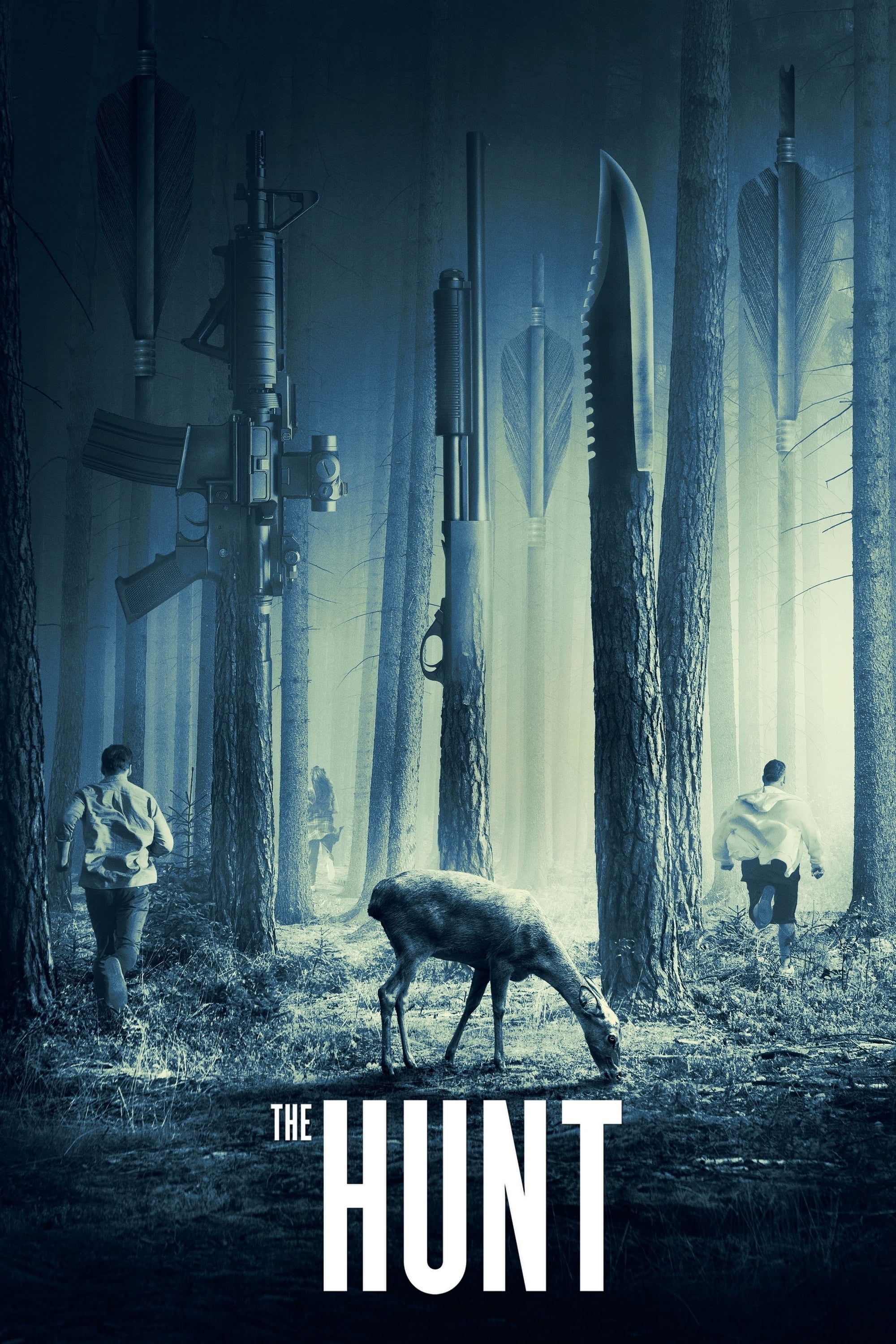
Johann Sebastian Bach – St John Passion (Johannes-Passion), BWV 245 – Concerto Koln, Peter Dijkstra (2016)
FLAC (tracks) 24 bit/48 kHz | Time – 02:57:15 minutes | 1,75 GB | Genre: Classical
Studio Masters, Official Digital Download – Source: prestoclassical.co.uk | Booklet, Front Cover | © BR Klassik
Recorded: München, Herkulessaal der Residenz: 04.-07.03.2015 (live)
The definitive version of the ‘St John Passion’ by Johann Sebastian Bach, as performed every year in concert halls and churches around the world, does not exist – or, at least, cannot be found in Bach’s own performance materials. Over the last few decades, Bach researchers have removed much of the magic from a work we all believed was familiar, in several respects. It is neither an oratorio for soloists, choir and orchestra nor a self-contained work with a fnal manuscript version. The Cantor of St Thomas did embark on such a version in 1739. 15 years after the frst performance he started making a meticulous fair copy of the score and coupled it with a thorough revision – but he suddenly broke off this new copy towards the end of the frst part, just before the chorale Wer hat dich so geschlagen (no. 11). It was only years later that he had a copyist complete it, but Bach never transferred the new versions of movements one to ten into his performance material.
As a result, the alto aria Von den Stricken meiner Sünden (no. 7), for example, in the version we are accustomed to hearing today with lots of syncopation in the oboes and written-out ornamentation in the alto voice, was never conducted by Bach himself. Nevertheless, in 1974, the Bach researcher Arthur Mendel decided to print the ‘St John Passion’ in the ‘New Bach Edition’ with the movements that Bach had revised. When the work is performed in this edition today, therefore, it is heard in a version that never existed in Bach’s own performances. This fact has prompted some representatives of historically informed performance practice to orient themselves precisely to a specifc version by Bach instead of performing a compiled version, which is the general practice today. The ‘1725 Version’ is also a familiar term to music lovers: since, on the orders of the Leipzig city council Bach had been obliged to premiere the ‘St John Passion’ in the uncomfortable Church of St Nicholas in 1724, he was desperate to have the work presented to the faithful just one year later in St Thomas’s Church. To do this, he made changes to ft the Passion into his so-called ‘Chorale Cantata Year’ which he completed just before Easter 1725. He exchanged the opening chorus Herr, unser Herrscher for the chorale chorus O Mensch, bewein dein Sünde groß (familiar to us today from the ‘St Matthew Passion’, where it ended up eleven years later) and, in the 1725 version of the ‘St John Passion’, he also decided to add two new tenor arias. An additional bass aria with chorale and the figured chorale fnale Christe, du Lamm Gottes seemed to have given the work a new personality.
Later, Bach returned to the framework choruses and arias that are familiar to us today. For the last performance of the Passion in 1749, he must have been obliged to make extensive revisions to the text, because some of the metaphors in the original aria texts were considered too drastic by theologians of the Enlightenment. For example, the tenor aria Erwäge, wie sein blutgefärbter Rücken in allen Stücken dem Himmel gleiche geht (no. 20) was replaced by the new and far simpler text Mein Jesu, ach! Dein schmerzhaft bitter Leiden bringt tausend Freuden. It is possible that the theological objections to the text of the ‘St John Passion’ had already led to a crisis ten years earlier: There is proof that in the year 1739, the Passion performance for Good Friday was forbidden. Might this explain Bach’s sudden abandonment of the new score version? From all this it is quite clear that Bach did not devote the same painstaking care to a fair copy of the ‘St John Passion’ as he did with the ‘St Matthew Passion’, but changed it from one performance to the next. We know that the same applies to the lost ‘St Mark Passion’ of 1731, which Bach re-performed in 1744 with two additional arias, as revealed by a libretto fnd in St Petersburg a few years ago.
Much more provocative for most Bach afcionados than the version issue was the theory presented by the American researcher Joshua Rifkin in the 1980s, according to which Bach had not used a ‘chorus’ in the usual sense at all for his Passions but merely a vocal ensemble made up of eight singers. In the ‘St Matthew Passion’ he used these two quartets of soloists as a double choir; in the ‘St John Passion’ he divided them up into a quartet of soloists and a so-called ripienista quartet, whereby the latter was used only to reinforce the choir sections. The main onus of his performances was on the four soloists. They sang all the movements for their vocal range; for the Evangelist this meant, for example, that in addition to his long recitatives he also had to sing in the opening and fnal choruses, all the chorales and choruses, as well as the two tenor arias, and the singer of Jesus also had to sing in all the choirs and the bass arias. More than eight singers, according to Rifkin, had never performed in Bach’s choral settings under his direction, and four of them were identical to the soloists. However puzzling this theory may have been back then, it is now very hard to refute – because it corresponds to what was found in Bach’s performance materials! Incidentally, even Bach’s son Carl Philipp Emanuel performed his Hamburg Passions with a total of eight singers, and they also included essential parts of his father’s ‘St John Passion’. This became evident in the Bach year of 2000 when the music collection of the Berliner Singakademie was returned from Kiev to Berlin and a systematic evaluation of the performance materials of Bach’s son began.
Meanwhile, historical performance practice has followed suit: In recent decades, numerous performances and recordings have furnished proof that the ‘St John Passion’ can certainly be convincingly performed with eight singers instead of 40 or 80, and furthermore without any separation between soloists and ‘chorus’. Bach would have considered today’s division between soloists at the front and the chorus behind them as odd anyway. It dates from the 19th-century understanding of the oratorio and did not correspond to Bach’s idea of a ‘chorus’ which, in his day, always meant a self-contained ensemble of voices and orchestra – of relatively few, mainly solo voices, and a reasonably small orchestra. Again and again, Bach fercely and stubbornly promoted this understanding of a chorus as an optimal ensemble for his church pieces to the Leipzig city council – a city council that granted him a total of just eight salaried orchestral players to perform his Passions. At the same time, the city councillors threatened to cut the temporary fees for students whom Bach urgently needed to replenish his orchestra, and also as singers for the parts of the Evangelist and the solo bass. The only authentic portrait of Bach that has come down to us in two versions – the one by Elias Gottlob Haussmann from 1748 – clearly reveals traces of the struggles the composer had with the city authorities. The man looking at us here from beneath bushy eyebrows, through two screwed-up, almost suspicious brown eyes, had fought all his life for music – in the face of city councillors desperate to save money, education reformers in the Thomas School, and many other opponents. Is it really the same musician we encounter in a pastel painting of the 18th century (see page 2) with sky-blue eyes, a hooked nose and a jovial smile on his far thinner lips? The experts in the Bach Haus in Eisenach believe it is. One year ago, in March 2014, they proudly presented the pastel image from the Manfred Gorke collection that had already been identifed in 1936 as a Bach portrait. It was apparently the lost pastel painting of his father that Carl Philipp Emanuel Bach had kept like a treasure. The provenance of the pastel that has now been presented is unclear, so its authenticity is purely hypothetical. Everyone who sees it should form their own opinion. — Karl Böhmer; Translation: David Ingram
Tracklist:
Johann Sebastian Bach (1685-1750)
Passio secundum Joannem
Johannes-Passion / St John Passion
für Soli, Chor und Orchester, BWV 245
Text: Johannes-Evangelium 18-19, Matthäus-Evangelium 26,75; 27,51-52 sowie
freie Dichtung, angelehnt an die Brockes-Passion, und Kirchenlieder
Erster Teil / Part One
01 Nr. 1 Herr, unser Herrscher (Chor) 7:51
02 Nr. 2a Jesus ging mit seinen Jüngern (Rezitativ: Evangelist, Jesus) 1:02
03 Nr. 2b Jesum von Nazareth (Chor) 0:10
04 Nr. 2c Jesus spricht zu ihnen (Rezitativ: Evangelist, Jesus) 0:33
05 Nr. 2d Jesum von Nazareth (Chor) 0:10
06 Nr. 2e Jesus antwortete (Rezitativ: Evangelist, Jesus) 0:24
07 Nr. 3 O große Lieb (Choral) 0:58
08 Nr. 4 Auf dass das Wort erfüllet würde (Rezitativ: Evangelist, Jesus) 1:04
09 Nr. 5 Dein Will gescheh, Herr Gott, zugleich (Choral) 0:51
10 Nr. 6 Die Schar aber und der Oberhauptmann (Rezitativ: Evangelist) 0:43
11 Nr. 7 Von den Stricken meiner Sünden (Arie: Alt) 4:26
12 Nr. 8 Simon Petrus aber folgete Jesu nach (Rezitativ: Evangelist) 0:14
13 Nr. 9 Ich folge dir gleichfalls (Arie: Sopran) 3:31
14 Nr. 10 Derselbige Jünger war dem Hohenpriester bekannt (Rezitativ: Evangelist, Magd, Petrus, Jesus, Diener) 2:59
15 Nr. 11 Wer hat dich so geschlagen (Choral) 1:40
16 Nr. 12a Und Hannas sandte ihn gebunden (Rezitativ: Evangelist) 0:19
17 Nr. 12b Bist du nicht seiner Jünger einer (Chor) 0:19
18 Nr. 12c Er leugnete aber und sprach (Rezitativ: Evangelist, Petrus, Diener) 1:27
19 Nr. 13 Ach, mein Sinn (Arie: Tenor) 2:25
20 Nr. 14 Petrus, der nicht denkt zurück (Choral) 1:17
Zweiter Teil / Part Two
21 Nr. 15 Christus, der uns selig macht (Choral) 1:06
22 Nr. 16a Da führeten sie Jesum (Rezitativ: Evangelist, Pilatus) 0:37
23 Nr. 16b Wäre dieser nicht ein Übeltäter (Chor) 0:57
24 Nr. 16c Da sprach Pilatus zu Ihnen (Rezitativ: Evangelist, Pilatus) 0:10
25 Nr. 16d Wir dürfen niemand töten (Chor) 0:35
26 Nr. 16e Auf dass erfüllet würde das Wort Jesu (Rezitativ: Evangelist, Pilatus, Jesus) 1:43
27 Nr. 17 Ach großer König (Choral) 1:27
28 Nr. 18a Da sprach Pilatus zu ihm (Rezitativ: Evangelist, Pilatus, Jesus) 1:20
29 Nr. 18b Nicht diesen, sondern Barrabam (Chor) 0:10
30 Nr. 18c Barrabas aber war ein Mörder (Rezitativ: Evangelist) 0:31
31 Nr. 19 Betrachte, meine Seel (Arioso: Bass) 2:12
32 Nr. 20 Erwäge, wie sein blutgefärbter Rücken (Arie: Tenor) 7:51
33 Nr. 21a Und die Kriegsknechte flochten eine Krone (Rezitativ: Evangelist) 0:16
34 Nr. 21b Sei gegrüßet, lieber Jüdenkönig (Chor) 0:32
35 Nr. 21c Und gaben ihm Backenstreiche (Rezitativ: Evangelist, Pilatus) 0:57
36 Nr. 21d Kreuzige, kreuzige (Chor) 0:47
37 Nr. 21e Pilatus sprach zu ihnen (Rezitativ: Evangelist, Pilatus) 0:15
38 Nr. 21f Wir haben ein Gesetz (Chor) 1:07
39 Nr. 21g Da Pilatus das Wort hörete (Rezitativ: Evangelist, Pilatus, Jesus) 1:20
40 Nr. 22 Durch dein Gefängnis, Gottes Sohn (Choral) 0:55
41 Nr. 23a Die Jüden aber schrieen und sprachen (Rezitativ: Evangelist) 0:04
42 Nr. 23b Lässest du diesen los (Chor) 1:09
43 Nr. 23c Da Pilatus das Wort hörete (Rezitativ: Evangelist, Pilatus) 0:41
44 Nr. 23d Weg, weg mit dem (Chor) 0:54
45 Nr. 23e Spricht Pilatus zu ihnen (Rezitativ: Evangelist, Pilatus) 0:12
46 Nr. 23f Wir haben keinen König (Chor) 0:10
47 Nr. 23g Da überantwortete er ihn (Rezitativ: Evangelist) 0:53
48 Nr. 24 Eilt, ihr angefochtnen Seelen (Arie: Bass, Chor) 3:42
49 Nr. 25a Allda kreuzigten sie ihn (Rezitativ: Evangelist) 1:13
50 Nr. 25b Schreibe nicht: der Jüden König (Chor) 0:31
51 Nr. 25c Pilatus antwortet (Rezitativ: Evangelist, Pilatus) 0:16
52 Nr. 26 In meines Herzens Grunde (Choral) 1:01
53 Nr. 27a Die Kriegsknechte aber (Rezitativ: Evangelist) 0:36
54 Nr. 27b Lasset uns den nicht zerteilen (Chor) 1:20
55 Nr. 27c Auf dass erfüllet würde die Schrift (Rezitativ: Evangelist, Jesus) 1:38
56 Nr. 28 Er nahm alles wohl in Acht (Choral) 1:11
57 Nr. 29 Und von Stund an nahm sie der Jünger zu sich (Rezitativ: Evangelist, Jesus) 1:31
58 Nr. 30 Es ist vollbracht (Arie: Alt) 5:02
59 Nr. 31 Und neiget das Haupt (Rezitativ: Evangelist) 0:27
60 Nr. 32 Mein teurer Heiland / Jesu, der du warest tot (Arie: Bass, Chor) 4:12
61 Nr. 33 Und siehe da, der Vorhang im Tempel zerriss (Rezitativ: Evangelist) 0:32
62 Nr. 34 Mein Herz, in dem die ganze Welt (Arioso: Tenor) 0:47
63 Nr. 35 Zerfließe, mein Herze (Arie: Sopran) 6:35
64 Nr. 36 Die Jüden aber, dieweil es der Rüsttag war (Rezitativ: Evangelist) 1:58
65 Nr. 37 O hilf, Christe, Gottes Sohn (Choral) 1:04
66 Nr. 38 Darnach bat Pilatum (Rezitativ: Evangelist) 2:00
67 Nr. 39 Ruht wohl, ihr heiligen Gebeine (Chor) 6:52
68 Nr. 40 Ach Herr, lass dein lieb Engelein (Choral) 1:56
Wege zur Musik
Johann Sebastian Bach: Johannes-Passion
Teil 1 Fragen und Fragmente
69 „Darum lerne dieses Bild wohl“ 4:57
70 Das unvollendete Werk 4:40
71 Exordium. Ein Einleitungschor als Appell. 7:44
72 So genannte Passionen 4:22
73 „… und alsobald krähete der Hahn.“ 4:03
Teil 2 Vorbilder und Verpflichtungen
74 Der neue Thomaskantor 6:12
75 Vorbild Brockes-Passion 3:08
76 Allegorien und theologische Grundsatzfragen 4:51
77 „Wer singt, betet doppelt.“ 8:08
Teil 3 Bilder und Symbole
78 Ambitionen und Enttäuschungen 3:13
79 Instrumente als Sinnbild 6:11
80 Figuren und Sieben Freie Künste 6:32
81 Das Symbol des Kreuzes 3:24
82 Eine Bibel aus Amerika 4:11
Personnel:
Julian Prégardien (Evangelist)
Tareq Nazmi (Jesus)
Solisten der Arien und Rezitative:
Christina Landshamer (Sopran)
Ulrike Malotta (Alt)
Tilman Lichdi (Tenor)
Krešimir Stražanac (Bass)
Solisten
Simona Brüninghaus (Magd / Maid)
Andreas Burkhart (Petrus / Peter)
Andreas Hirtreiter (Diener / Servant)
Moon Yung Oh (Diener / Servant)
Krešimir Stražanac (Pilatus)
Chor des Bayerischen Rundfunks
Concerto Köln
Peter Dijkstra Leitung / Conductor
Wege zur Musik:
Christian Baumann (Erzähler)
Gert Heidenreich (Bibel-Zitate)
Hans Jürgen Stockerl (Zitate)
Download:
mqs.link_BachJ.S.StJhnPassinBWV245CncertKlnPeterDijkstra2016PrestClassical2448.part1.rar
mqs.link_BachJ.S.StJhnPassinBWV245CncertKlnPeterDijkstra2016PrestClassical2448.part2.rar










![Dunedin Consort, John Butt - J.S. Bach: John Passion - Reconstruction Of Bach’s Passion Liturgy (2013) [LINN FLAC 24bit/88,2kHz] Dunedin Consort, John Butt - J.S. Bach: John Passion - Reconstruction Of Bach’s Passion Liturgy (2013) [LINN FLAC 24bit/88,2kHz]](https://getimg.link/images/imgimgimg/uploads/2017/08/Is0Y763.jpg)
![Zuzana Ruzickova - J.S. Bach: The Complete Keyboard Works (2016) [FLAC 24bit/96kHz] Zuzana Ruzickova - J.S. Bach: The Complete Keyboard Works (2016) [FLAC 24bit/96kHz]](https://getimg.link/images/imgimgimg/uploads/2018/09/r94XYtX.jpg)
![Glenn Gould - The Complete Columbia Album Collection (2015 Remastered Edition) [Qobuz FLAC 24bit/44,1kHz] Glenn Gould - The Complete Columbia Album Collection (2015 Remastered Edition) [Qobuz FLAC 24bit/44,1kHz]](https://getimg.link/images/imgimgimg/uploads/2017/07/2bHwfbA.jpg)
![Marc Minkowski - Bach: St John Passion (2017) [HDTracks FLAC 24bit/96kHz] Marc Minkowski - Bach: St John Passion (2017) [HDTracks FLAC 24bit/96kHz]](https://getimg.link/images/imgimgimg/uploads/2017/11/ZmAGJjM.jpg)
![Kammerchor der Frauenkirche, Ensemble Frauenkirche Dresden - Bach: Johannespassion, BWV 245 (St John Passion) (2018) [FLAC 24bit/96kHz] Kammerchor der Frauenkirche, Ensemble Frauenkirche Dresden - Bach: Johannespassion, BWV 245 (St John Passion) (2018) [FLAC 24bit/96kHz]](https://getimg.link/images/imgimgimg/uploads/2019/12/4OtC289.jpg)
![Jordi Savall - Bach: Markus Passion, BWV 247 (2019) [FLAC 24bit/88,2kHz] Jordi Savall - Bach: Markus Passion, BWV 247 (2019) [FLAC 24bit/88,2kHz]](https://getimg.link/images/imgimgimg/uploads/2019/12/YiO8NMB.jpg)
![Itzhak Perlman - The Complete Warner Recordings 1972-1980 (2015) [FLAC 24bit/96kHz] Itzhak Perlman - The Complete Warner Recordings 1972-1980 (2015) [FLAC 24bit/96kHz]](https://getimg.link/images/imgimgimg/uploads/2019/12/IpmBmeR.jpg)
![Netherlands Chamber Choir, Peter Dijkstra - Van Gogh in Me (2022) [FLAC 24bit/96kHz] Netherlands Chamber Choir, Peter Dijkstra - Van Gogh in Me (2022) [FLAC 24bit/96kHz]](https://imghd.xyz/images/2022/12/16/jevwn4zwnymea_600.jpg)
![Maria Callas - Remastered The Complete Studio Recordings 1949-1969 (2014) [Qobuz FLAC 24bit/96kHz] Maria Callas - Remastered The Complete Studio Recordings 1949-1969 (2014) [Qobuz FLAC 24bit/96kHz]](https://getimg.link/images/imgimgimg/uploads/2018/12/Vw7IHlv-1.jpg)
![Concerto Koln - Concertos 4 Violins (Live) (2020) [FLAC 24bit/96kHz] Concerto Koln - Concertos 4 Violins (Live) (2020) [FLAC 24bit/96kHz]](https://getimg.link/images/imgimgimg/uploads/2020/10/Qz7OKd1.jpg)
![Georg Friedrich Handel - Messiah, HWV 56 - Chor des Bayerischen Rundfunks, B’Rock, Peter Dijkstra (2015) [Qobuz FLAC 24bit/48kHz] Georg Friedrich Handel - Messiah, HWV 56 - Chor des Bayerischen Rundfunks, B’Rock, Peter Dijkstra (2015) [Qobuz FLAC 24bit/48kHz]](https://getimg.link/images/imgimgimg/uploads/2017/06/WEQIATt.jpg)
![Ramin Bahrami - The Well-Tempered Clavier Book I (2018) [FLAC 24bit/96kHz] Ramin Bahrami - The Well-Tempered Clavier Book I (2018) [FLAC 24bit/96kHz]](https://getimg.link/images/imgimgimg/uploads/2018/11/KZ970Ok.jpg)
![Consensus Vocalis, The Netherlands Symphony Orchestra, Jan Willem de Vriend - J.S. Bach: Matthaus-Passion, BWV 244 - Mendelssohn version (1841) (2015) [FLAC 24bit/352,8kHz] Consensus Vocalis, The Netherlands Symphony Orchestra, Jan Willem de Vriend - J.S. Bach: Matthaus-Passion, BWV 244 - Mendelssohn version (1841) (2015) [FLAC 24bit/352,8kHz]](https://getimg.link/images/imgimgimg/uploads/2018/09/8S66aeK.jpg)
![Concerto Köln, Mayumi Hirasaki - Pisendel (2023) [FLAC 24bit/48kHz] Concerto Köln, Mayumi Hirasaki - Pisendel (2023) [FLAC 24bit/48kHz]](https://imghd.xyz/images/2023/03/01/o2nsj4bpechlb_600.jpg)
![Concerto Koln, Peter Dijkstra - J.S. Bach: Mass in B minor (Messe in h-Moll), BWV 232 (2017) [PrestoClassical FLAC 24bit/48kHz] Concerto Koln, Peter Dijkstra - J.S. Bach: Mass in B minor (Messe in h-Moll), BWV 232 (2017) [PrestoClassical FLAC 24bit/48kHz]](https://getimg.link/images/imgimgimg/uploads/2018/08/WY7abgD.jpg)